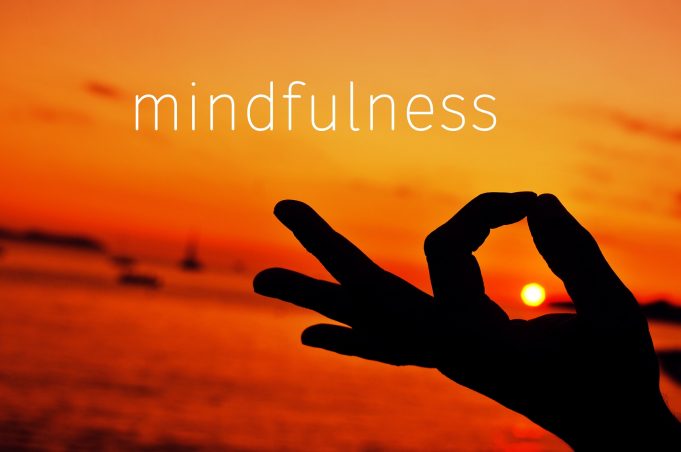How to Practice Mindfulness
Mindfulness is all about consciously concentrating on the present moment without reacting to it.
Having its roots in Buddhism, mindfulness is today accepted scientifically as a crucial element for happiness. Everyone comes by mindfulness naturally but to bring it to the forefront, practice on a daily basis is necessary. It can come through meditation and mind control practices.
Mindfulness brings control into our actions and reactions. It breaks down our responses, making us more aware of every move. We can program ourselves to mindfulness throughout the day in many ways.
Ways to practice mindfulness
Meditation time: Setting aside time and space for meditation is imperative. You do not a meditation couch or mat; all you need to do is schedule time to practice meditation.
Focus on the present moment: Mindfulness is not about achieving mental peace or inner calm. It is about focusing your entire mind on the present moment and accepting it without being judgmental. Notice sights, smell, touch, taste and emotions but let them go without pondering.
Shake off the judgments: When judgments do happen during practice time, shake them off after making a mental note of them and deal with them later.
Bring your mind back to focus: Your mind will wander and get carried away with various thoughts. But bring it back to focus every time it does that. This is the primary aim of mindfulness.
Learn to identify: Develop the art of pinpointing the exact time the mind begins to wander and immediately bring it back to focus on the moment. With practice, the wandering decreases.
Method of meditating: Make yourself comfortable. Sit up straight with legs crossed if on a cushion or resting on the floor if on a chair. Allow your arms to rest naturally. Let your gaze fall softly on an object or close your eyes. Breathe in and out and feel your breath rising and falling. When your attention wanders, which is bound to happen, bring it back to focus gently and continue to observe your breath. When you are ready, open your eyes or lift your gaze and make a note of how your body, thoughts and emotions feel.
Ways of meditating: Mindfulness can be acquired by meditation techniques you can follow from instructions in a book or video. Turning to an instructor with queries can be beneficial and motivating. For people with a medical condition, a medically oriented program must be followed to practice mindfulness.
Mindfulness is instrumental in improving the quality of life. You will be more energetic, less stressed out, begin to enjoy the company of people and have a relaxed night’s sleep. If these benefits are not incentive enough, the scientifically proven facts that it reduces blood pressure and chronic pain, treats heart disease and gastrointestinal difficulties, should make you turn to mindfulness.













































